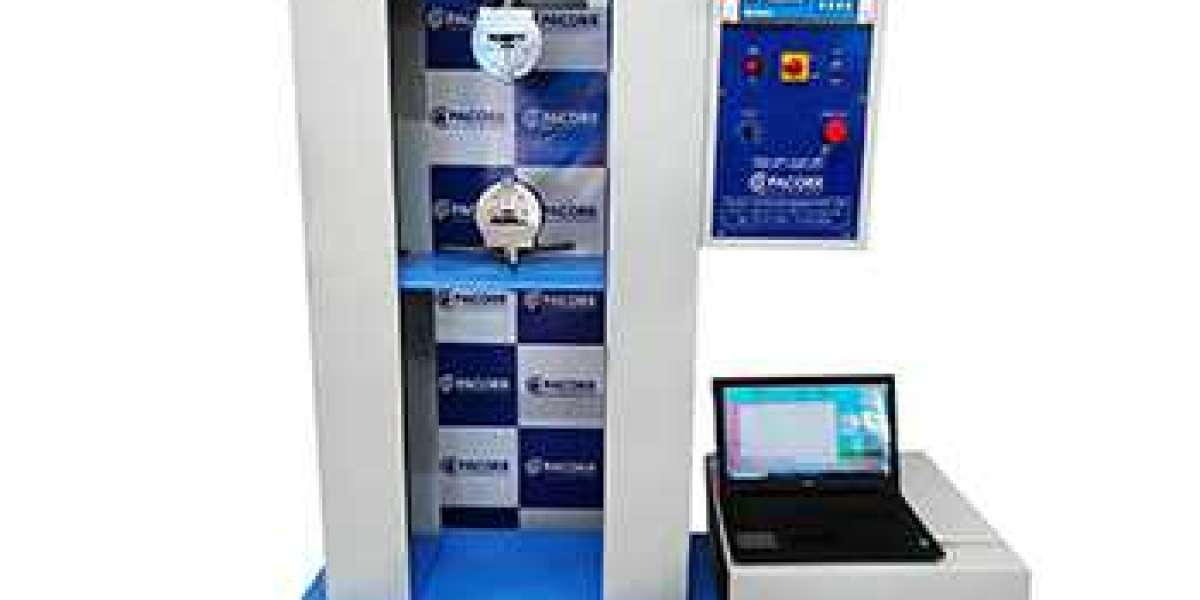Gripping Mechanism: The Universal Tensile Testing Machine is equipped with grips or jaws to securely hold the specimen during testing. These grips can be customized or modified to accommodate different surface finishes or coatings. For example, if the specimen has a smooth or slippery surface, the grips can be enhanced with specialized surfaces, such as rubberized coatings or serrations, to improve grip and prevent slippage.
Customizable Inserts or Faces: The UTM may offer interchangeable gripping inserts or faces that can be tailored to specific surface finishes or coatings. These inserts or faces can be made of materials with properties suitable for the specific coating or surface condition. For instance, when testing delicate or easily damaged coatings, soft polymer inserts can be used to provide a secure grip without causing damage.
Protective Layers or Coverings: In some cases, the UTM can be equipped with protective layers or coverings to safeguard the surface finishes or coatings during testing. These layers act as barriers between the grips and the specimen, preventing any scratching, marring, or damage. Protective layers can be made from materials like rubber, foam, or non-abrasive coatings.
Extensometer Placement: If measuring strain or elongation is required during the test, the placement of the extensometer can be adjusted to ensure accurate measurements. It can be attached directly to the specimen's surface, away from any coating or surface finish, to avoid interference and provide reliable strain data.
Test Speed and Force Control: The UTM allows for customizable test speeds and force control parameters. These parameters can be adjusted to suit the specific material, coating, or surface finish being tested. Different materials or coatings may exhibit different responses to test speeds and force rates, so it's important to select appropriate settings to accurately evaluate their mechanical properties.
Data Analysis and Interpretation: During data analysis, considerations should be given to the influence of surface finishes or coatings on the test results. The presence of coatings or surface treatments can affect the material's mechanical properties, such as strength or elongation. It's crucial to account for these factors and interpret the results accordingly.
By implementing these measures, the Universal Tensile Testing Machine can accommodate testing of materials with different surface finishes or coatings. These adaptations ensure that the test results accurately reflect the mechanical properties of the material or the coating, while also preserving the integrity of the surface finishes.








